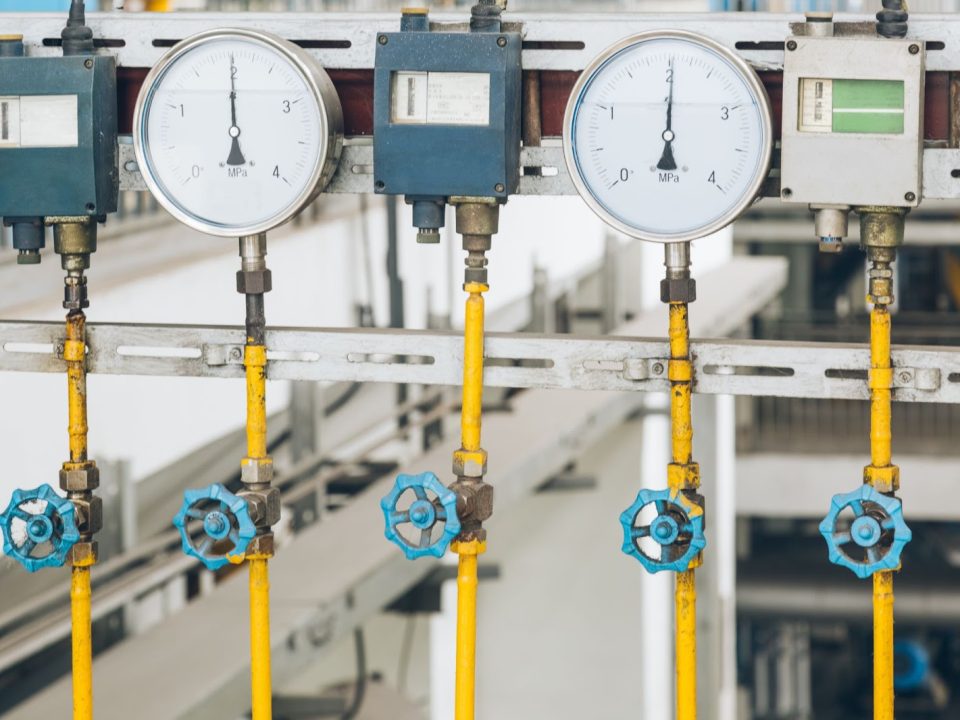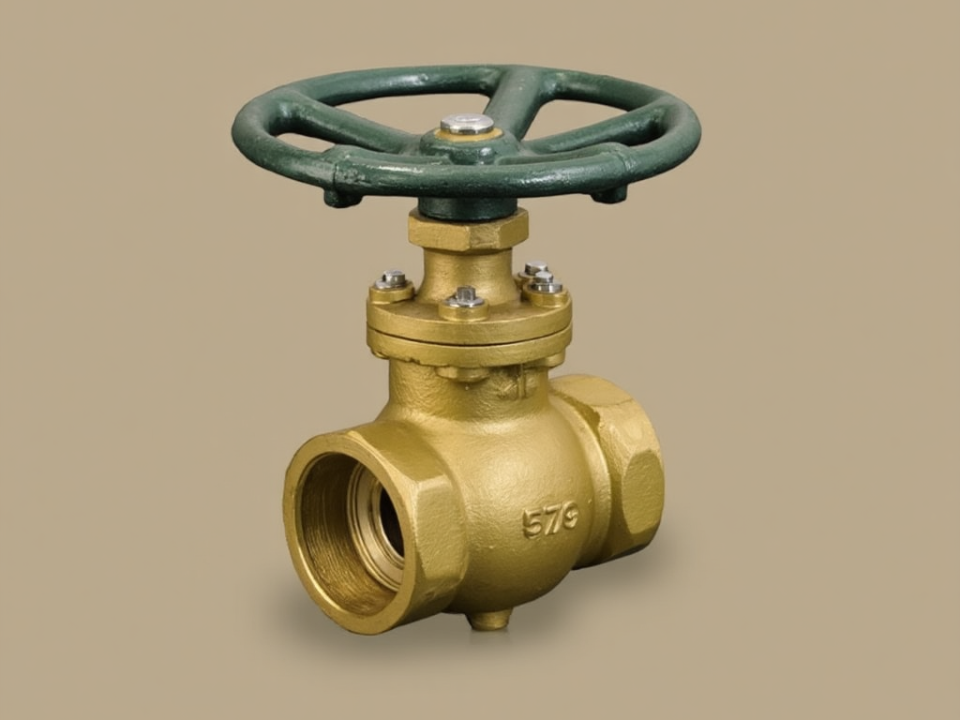
Full bore and reduced bore in ball valves refer to the internal diameter of the valve’s flow path.
Full bore ball valves have an internal diameter that matches the connecting pipe’s diameter, creating an unobstructed flow path with minimal pressure drop.
Reduced bore ball valves have an internal diameter smaller than the connecting pipe, but this design offers advantages in weight, size, and cost despite some flow restriction.
Let’s take a closer look at these two designs and how they affect valve performance in different applications.
What is a Full Bore Ball Valve?
A full bore ball valve features an internal bore diameter that matches the inside diameter of the connecting pipe. This creates a straight-through flow path with minimal restrictions.
The ball’s opening equals the pipe’s inner diameter, allowing fluid to flow through without any reduction in the flow area. This design maintains consistent flow rates and minimizes pressure drops.
Full bore valves excel in applications where maintaining maximum flow capacity is essential or where pipeline cleaning operations are required.
What is a Reduced Bore Ball Valve?
A reduced bore ball valve has an internal bore diameter smaller than the connecting pipe’s inner diameter. Typically, the flow path through the ball is one pipe size smaller than the valve’s connection size.
For example, a 2-inch reduced bore valve might have an internal flow path equivalent to a 1.5-inch pipe. This reduction creates a slight flow restriction through the valve body.
While this design limits the maximum possible flow rate, it offers advantages in weight, size, and cost compared to full bore alternatives.
Full Port vs Standard Port Ball Valve: Key Differences
The choice between full bore and reduced bore designs affects several aspects of valve performance:
| Feature | Full Bore Valve | Reduced Bore Valve |
| Flow Path | Equal to pipe diameter | Smaller than pipe diameter |
| Pressure Drop | Minimal | Noticeable |
| Weight | Heavier (100%) | Lighter (70% of full bore) |
| Cost | Higher | Lower |
| Applications | Viscous media, pigging systems | Clean fluids, general applications |
| Torque Requirements | Higher | Lower |
| Space Requirements | Larger | Smaller |
Flow Characteristics
Full bore valves maintain unrestricted flow with minimal pressure drop. They provide maximum flow capacity and create virtually no turbulence in the flow path.
Reduced bore valves create a measurable pressure drop due to the restriction in flow area. This can result in some turbulence at the reduction points.
Weight and Size Considerations
Full bore valves are typically heavier and larger than their reduced bore counterparts. This is because they require more material to create the full-sized flow path.
Reduced bore valves are approximately 30% lighter than full bore valves of the same connection size. This makes them easier to install and puts less stress on piping systems.
Cost Implications
The additional material required for full bore valves generally makes them more expensive than reduced bore options. This cost difference can be significant for larger valve sizes.
Reduced bore valves offer cost savings not only in the initial purchase but also in installation and maintenance due to their smaller size and weight.
How to Define Full Bore Requirements
When specifying full bore requirements, engineers typically refer to the valve’s bore diameter matching 100% of the pipe’s inside diameter. This ensures no restriction in the flow path.
Industry standards like API and ASME provide specifications for full bore valves, defining minimum bore diameters relative to pipe sizes. Understanding these standards helps in properly specifying full bore valves.
System designers must clearly define full bore requirements in their specifications to ensure appropriate valve selection for critical applications.
Making the Right Selection
When deciding between these valve types, consider:
- Media characteristics (viscosity, solid content)
- Flow requirements and acceptable pressure drops
- Pipeline cleaning and maintenance needs
- Space and weight constraints
- Budget limitations versus operational requirements
Conclusion
That’s all you need to know about full bore and reduced bore ball valves.
When making a choice, consider your flow needs, space limits, and how much pressure drop your system can handle.
Full bore valves are ideal for systems that require maximum flow and easy cleaning access.
Meanwhile, reduced bore valves work well when you want to save space, cut weight, or reduce costs without needing full flow capacity.
Source:
The Difference Between Full Bore Ball Valves And Reduced Bore Ball Valves


